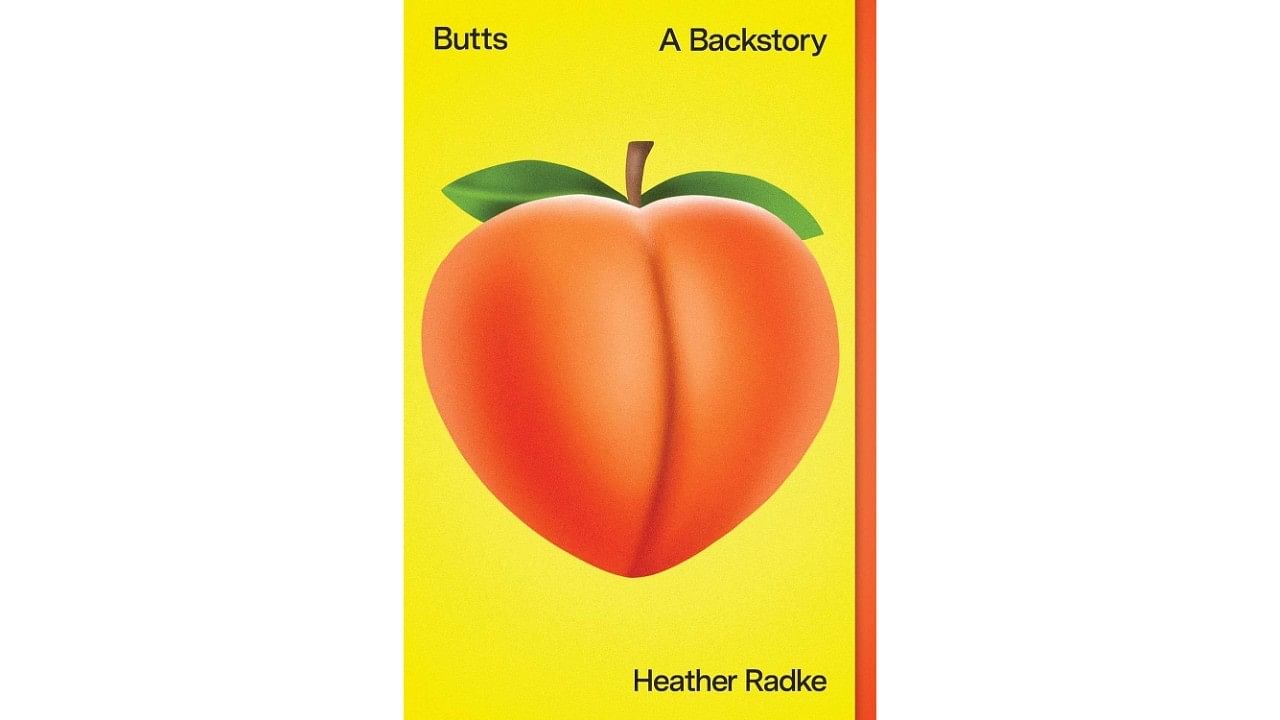
Butts: A Backstory
Rarely is the derriere taken seriously enough to be written about, but there have never been any ifs about butts. People with big butts are as worried as those with small ones, as both want a size they deem fit. The entire health industry with its gadgets and diet plans is geared to fulfil such body-reshaping desires. But a butt always remains what it is. If it were not for our butts, evolutionary biologists explain, humans would neither have traversed long distances nor escaped predation. “We are humans, thanks to our butts.” Butts: A Backstory traces the evolutionary biology and cultural relevance of this enigmatic body part.
Cheeky and entertaining, Heather Radke presents the cultural history of a body part that has long been perceived as an indicator of a woman’s nature — from feminity to morality. It offers a perspective-shifting reading on a body part, from the mania for Sarah Baartman’s butts during the 18th century to the fetish for Kim Kardashian’s in the 21st. The deeply researched narrative examines society’s obsession with derrieres and elaborates on what butts are and what they mean.
Within these cultural histories are embedded stories of tragedy, anger, obsession, lust, and joy. It turns out to be an absorbing reading on a subject so familiar as to be practically invisible.
The objectification and commodification of butts has remained a work in progress. Fascinating is the fact that throughout modern history women have found their butts under the influence of the male gaze.
No wonder, Kate Moss’ small butts were once the gold standard in feminity and a few years later, the big butts of Jennifer Lopez were glorified. The story of butts is all about male fascination and obsession for a body part that women have continued to pay dearly for; to avoid being shamed for carrying the size and shape not in vogue. The book makes a significant contribution to the complicated discussion around women’s bodies.
Radke raises questions about why women have been so enamoured by the male gaze to take evolution into their own hands — by hiding, accentuating, ignoring or sculpting their butts. “In the process, not only do women harm others, but harm themselves by never really understanding where the shame comes from.” Butts are essential for being human, but during the last two centuries, women’s butts have been sculpted around the ideas of race, gender, fitness, fashion, and market. No wonder, feelings about butts are trapped in ideas and prejudices.
The cheeky peach emoji on the cover may hold a sales pitch but the book is a curious but intelligent peep into the world around butts.
The narrative offers more than what any reader may have expected, raising empathy for the physical suffering butts were once subjected to through bustles and corsets.
Such stuff may be out of fashion, but women today end up wearing flapper dresses to demonstrate masochistic “self-control or even self-harm.” And there’s always cosmetic surgery for those who wish to burn their butts to conform to new ideas of the ideal body shape. The book chronicles each change in social consciousness around butts that drove the market for women in the last three centuries.
It is intriguing how this human body part came to be on the receiving end of so much attention. Placing her own body in the centre, the award-winning essayist and journalist concludes that howsoever women may have treated their butts, our bodies have their own rules of obedience. Whether one wants it big or small, a butt always remains what it is. The human body stubbornly refuses to oblige.
Deeply researched and ingeniously written, Radke argues that the cultural history of butts has an enduring message for everyone to not only understand past ways of body-shaming but also develop new ideas about how our bodies ought to be seen.
The author leaves the reader with the answer she offers to those who tell her, “Your butt is too big” — her reply being: “Compared to what?”